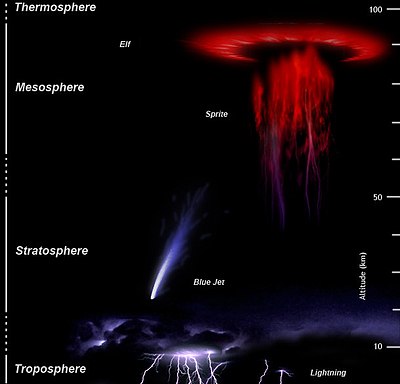There has been recent evidence that the Tyrannosaurus Rex, one of the most fearsome carnivores of all time, could have been a cannibal! Nicholas Longrich, a researcher at Yale, discovered large gouges on the toe of a T-Rex from 65 million years ago, and realized that while any large carnivore of that time could have made such marks, the Tyrannosaurus Rex was the only such carnivore in Western North America at that time.

Photo above of a toe bone, and the gouge that is thought to only have been able to come from a T-Rex. Credit to Nicholas Longrich of Yale University.
After discovering the initial bone with such markings, Longrich and his collaborators examined similar specimens from various museums, which include the Museum of the Rockies, University of California Museum of Paleontology, and the American Museum of Natural History, among others (No, these dinosaur bones do not come alive at night–I’ve been there past sundown). In total, 17 specimens were identified as having these marks, 4 of which are identified as being Tyrannosaurus! According to sciencedaily.com, this represents “a significant percentage.”
The Majungatholus, an abelisaurid, is the only dinosaur prior to this discovery known to be a cannibal. Longrich thinks, however, that “the practice was likely more common than we think and that closer examination of fossil bones could turn up more evidence that other species also preyed on one another.”
The T-Rex could weigh up to 10,000 kg (to compare, the siberian tiger, which is the largest living land dwelling “hyper-carnivore”, weighs up to 300kg), so if they got into a fight and one killed the other (and who hasn’t wanted to kill someone?), it would have represented quite a bit of free meat. In fact, cannibalism is very common among large carnivores. Additionally, there’s no evidence that dinosaurs had a set of morals, so it’s not like they’d be against eating each other out of a sense of ethical standards. Humans, who arguably have morals, have succumbed to eating each other sometimes as well–and no, I’m not referring to Sweeney Todd. So it’s not an absurd notion that the Tyrannosaurus could join the ranks of the cannibals in Earth’s long history.
As of right now, scientists are unsure of the true eating habits and patterns of the T-Rex, but it’s a topic that many paleontologists are hoping to answer, considering it would be totally different than any living animal today. The problem is, there is very little direct evidence of its eating pattern. This discovery could be a piece in the fascinating puzzle that encompasses the most famous dinosaur. To read more, Longrich’s paper http://www.plosone.org/article/info:doi/10.1371/journal.pone.0013419 is online!





